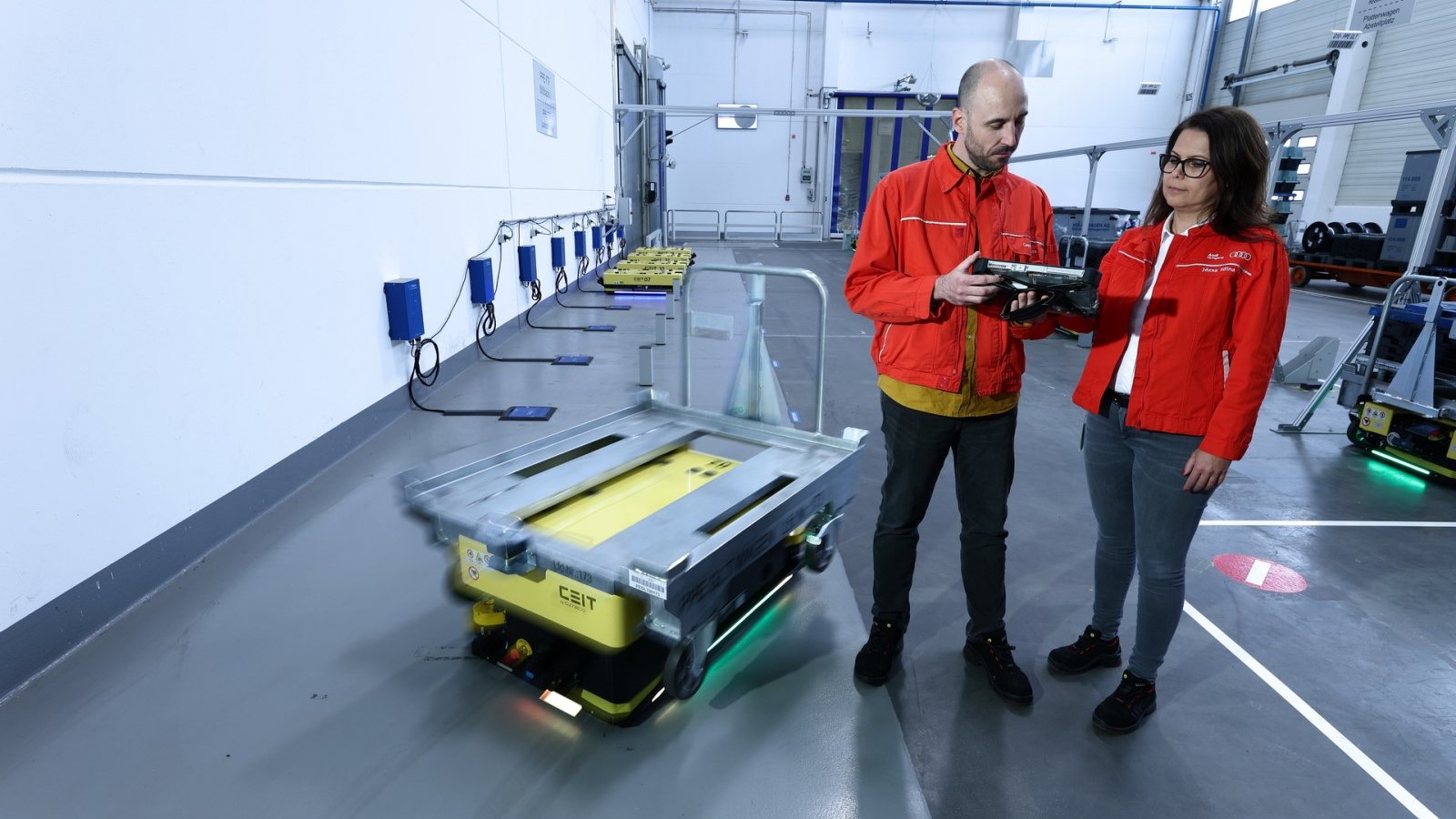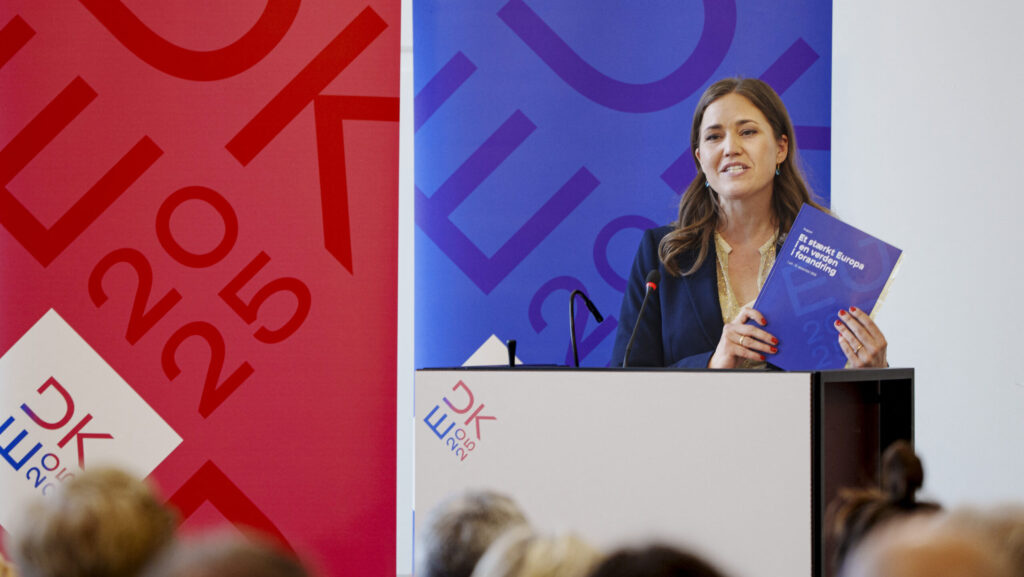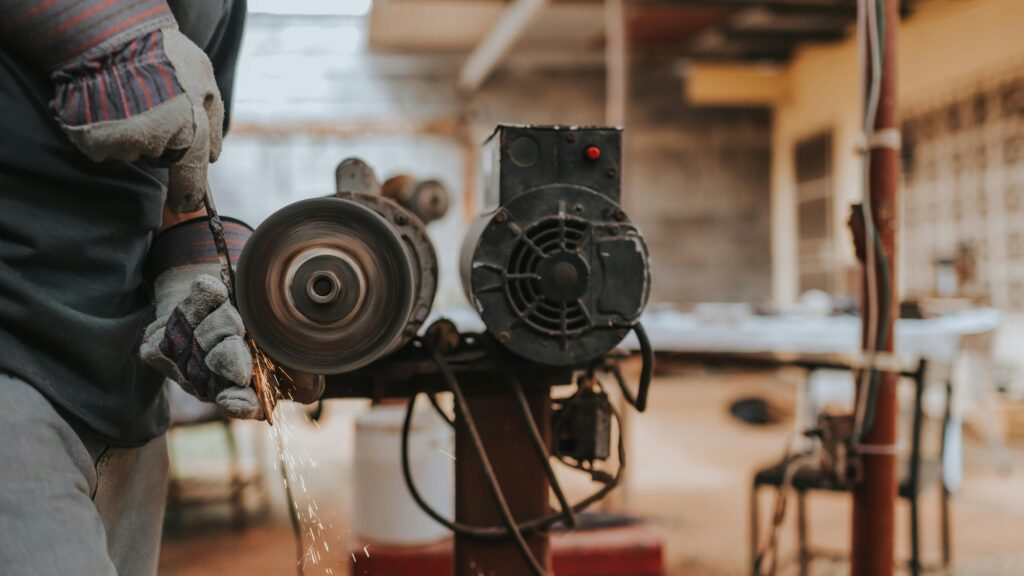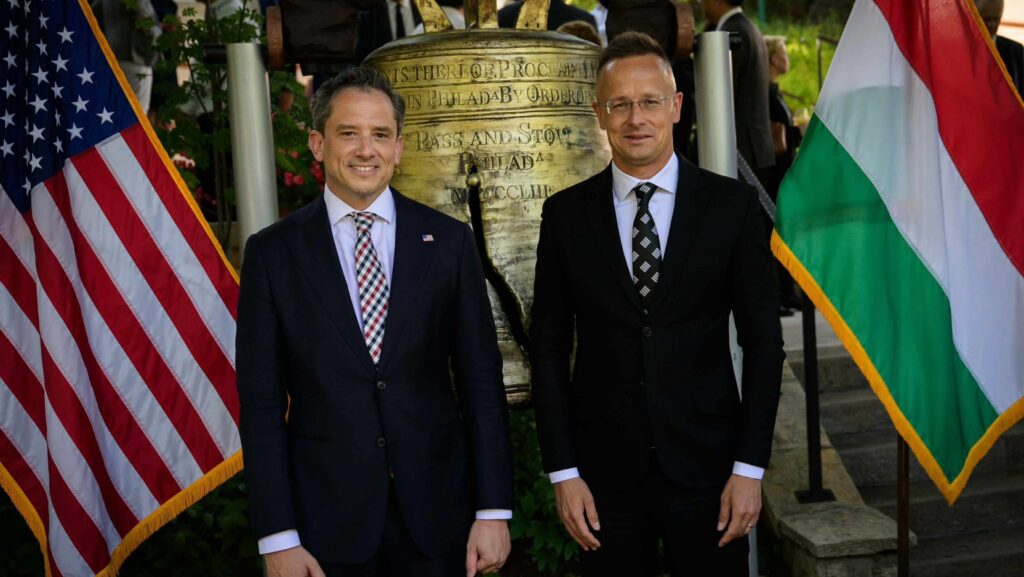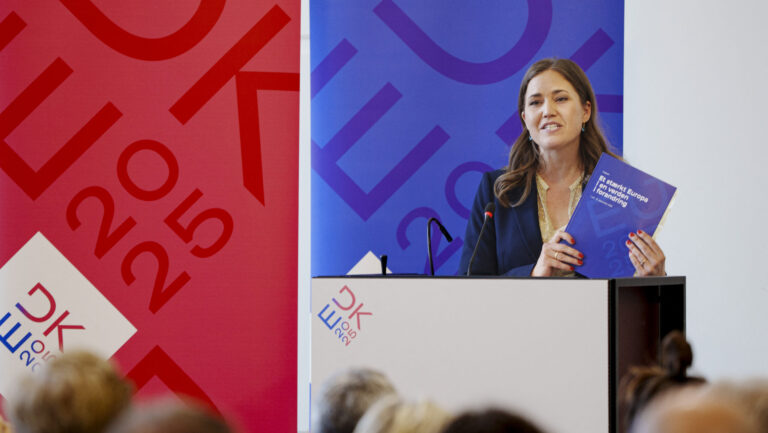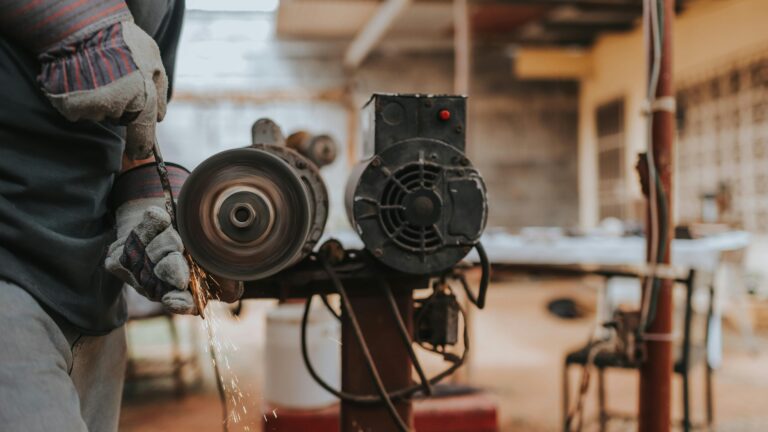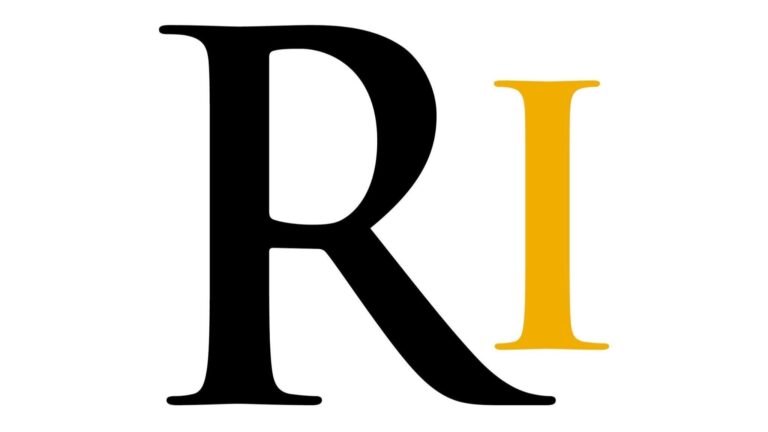In November of last year Audi Hungaria initiated the series production of the Premium Platform Electric (PPE) drivetrain. A fleet of 30 robots deliver the necessary components to three production lines involved in the machining of transmission components, stator assembly, and drivetrain production—operations now under more extensive surveillance than ever before.
The deployment of self-driving robots (Fahrerlose Transport Fahrzeug, or FTF) for the PPE production line began back in 2021 with functional testing of the machines. These tests assessed the effectiveness of the sensors and ensured that the robots stopped at a safe distance when encountering obstacles. Further evaluations followed, including software and connectivity tests. A major milestone was the trial operation, during which company employees simulated production line demands before conducting performance and availability tests, both essential for the commencement of mass production. Overall, Audi Hungaria employees spent around three years testing the robots’ performance and utilization before the project went live.
Currently, the robots transporting components for the PPE motor production line cover a total of 131 kilometres per day.
The software that monitors this robot fleet was developed with new ideas and solutions contributed by company staff. This software can trace and analyse events, making it possible to evaluate the fleet’s utilization, availability, and the charge levels of the robots’ lithium-ion batteries. Additionally, it allows for the assessment of production days or shifts.
The series production of PPE drivetrains at Audi Hungaria, which began last year, includes the production of stator and transmission components, as well as drivetrain assembly activities.
Audi Hungaria is one of the most significant subsidiaries of the German automobile manufacturer Audi AG, located in Győr, Hungary. Established in 1993, Audi Hungaria has grown into one of the largest automotive production facilities in Europe and plays a crucial role within the Audi Group’s global manufacturing network. It is renowned for being one of the world’s largest engine manufacturers. Since its establishment, the Győr facility has produced millions of engines, including three-cylinder, four-cylinder, five-cylinder, and V6/V8 engines. These engines are supplied not only to Audi but also to other Volkswagen Group brands such as Volkswagen, Škoda, and SEAT. Audi Hungaria is one of Hungary’s largest employers, with a workforce that has grown significantly over the years. The plant employs thousands of people, including highly skilled engineers, technicians, and other professionals. The company also has strong partnerships with local educational institutions, providing training and development opportunities for future professionals in the automotive industry. Over the years, it has received numerous awards for its excellence in manufacturing, innovation, and employee satisfaction. It is recognized as one of the leading automotive manufacturing facilities in Europe.
Related articles:

